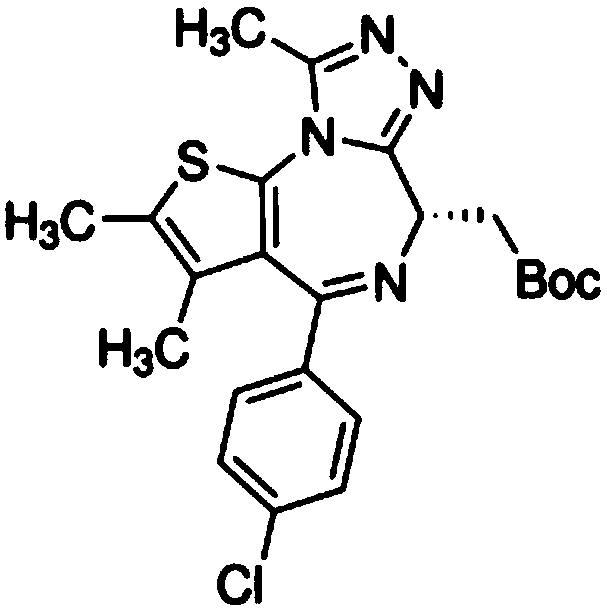Method for improving in-vitro development efficiency of nuclear transfer embryos
A technology of nuclear transfer and embryoid bodies, applied to embryonic cells, biochemical equipment and methods, cells modified by introducing foreign genetic material, etc., can solve the problems of low survival rate of cloned animals and low birth rate of cloned animals
- Summary
- Abstract
- Description
- Claims
- Application Information
AI Technical Summary
Problems solved by technology
Method used
Image
Examples
Embodiment 1
[0019] Example 1 Nuclear transfer and reconstituted embryo fusion activation
[0020] This embodiment takes pig nuclear transfer embryo construction as an example:
[0021] 1. Isolation and culture of donor cells
[0022] The donor cells come from the super boar ear tissue of Guangdong Wenshi Group. The pig ear skin is cut and stored in DMEM culture medium at 4°C and transported back to the laboratory. After the pig ear skin tissue pieces are cut into pieces, the tissue fragments are washed with DMEM Resuspend with appropriate amount of fetal bovine serum and transfer to culture dish, 37°C, 5% CO 2 , cultured in a saturated humidity environment. After 5-7 hours, add DMEM culture medium containing 10% fetal bovine serum, and subculture when the cells grow to 90% confluence, and use the somatic cells passed to the second generation as donor cells for nuclear transfer.
[0023] 2. Oocyte collection and maturation culture
[0024] The ovaries obtained from sows in the slaughte...
Embodiment 2
[0027] Example 2 Effects of different concentrations of (+)-JQ1 on the in vitro development of nuclear transfer embryos
[0028] 2.1 Experimental design
[0029] Control group: the nuclear transfer embryos obtained after the operation in Example 1 were placed in PZM-3 culture medium and cultured for 168 hours.
[0030] Experimental group: the nuclear transfer embryos obtained after the operation in Example 1 were respectively placed in five groups of PZM-3 culture solutions containing 1nM, 10nM, 15nM, 20nM and 50nM (+)-JQ1 and cultured for 72h, and then transferred to different Continue to culture in PZM-3 medium containing (+)-JQ1 until 168h.
[0031] 2.2 In vitro culture of cloned embryos and counting of blastocyst cells
[0032] The cloned embryos were cultured at 39°C, 5% O 2 , 5%CO 2 , 90% N 2 and saturated humidity. The cleavage and blastocyst development were observed and recorded on the 2nd and 7th day of culture respectively. The blastocysts on day 7 were fixed...
Embodiment 3
[0037] Example 3 Effects of different treatment times of (+)-JQ1 on the in vitro development of nuclear transfer embryos
[0038] 3.1 Experimental design
[0039] Control group (same as in Example 2): the nuclear transfer embryos obtained after the operation in Example 1 were placed in PZM-3 culture medium and cultured for 168 hours.
[0040] Experimental group: the nuclear transfer embryos obtained by the operation in Example 1 were placed in the PZM-3 culture medium containing 10nM (+)-JQ1 and cultured for 24h, 48h, 72h and 120h respectively, and then transferred to the culture medium without (+)-JQ1 Continue culturing in PZM-3 medium until 168h.
[0041] 7.2 In vitro culture of cloned embryos and blastocyst cell counting
[0042] The cloned embryos were cultured at 39°C, 5% O 2 , 5%CO 2 , 90% N 2 and saturated humidity. The cleavage and blastocyst development were observed and recorded on the 2nd and 7th day of culture respectively. The blastocysts on day 7 were fixe...
PUM
 Login to View More
Login to View More Abstract
Description
Claims
Application Information
 Login to View More
Login to View More - R&D
- Intellectual Property
- Life Sciences
- Materials
- Tech Scout
- Unparalleled Data Quality
- Higher Quality Content
- 60% Fewer Hallucinations
Browse by: Latest US Patents, China's latest patents, Technical Efficacy Thesaurus, Application Domain, Technology Topic, Popular Technical Reports.
© 2025 PatSnap. All rights reserved.Legal|Privacy policy|Modern Slavery Act Transparency Statement|Sitemap|About US| Contact US: help@patsnap.com

